It’s essential to know how to take care of your indoor plants. Spider plants are one of the most popular houseplants and they’re tough, require low maintenance and make a great addition to any indoor space. This guide will enlighten you on all you should know about Spider Plants.
“A spider plant is the ultimate houseplant: easy to care for, impossible to kill, and endlessly adaptable.” -Nancy J. Ondra
These indoor plants are native to tropical and southern Africa, and they get their name from the long, spider-like stems that they produce. The stems can grow up to 3 feet long, and they are covered in small, green leaves. Spider plants are very easy to propagate, and they can produce lots of new plants from just a few stems.

Credit: Freepik
Spider plants like to be in bright, indirect light, and they prefer to be on the drier side. They are very tolerant of different conditions, though, so they are a great plant for beginners. Spider plants are also known for being very good at filtering out toxins from the air, so they are a great choice for an indoor plant.
The Benefits Of Having A Spider Plant In Your Home
There are many benefits to having a spider plant in your home. They are easy to care for, help purify the air, and can even help boost your mood.
- Spider plants are one of the easiest plants to care for. They don’t need much water and can thrive in both bright and low light.
- Spider plants also help purify the air. They absorb harmful toxins and release oxygen, which can help improve your indoor air quality.
- Having a spider plant in your home can also help boost your mood. Studies have shown that plants can help reduce stress and anxiety. So if you’re feeling down, a spider plant may be just what you need.
So if you’re looking for a low-maintenance, air-purifying plant, the spider plant is a great option. Plus, it can help you feel happier and less stressed. What’s not to love?
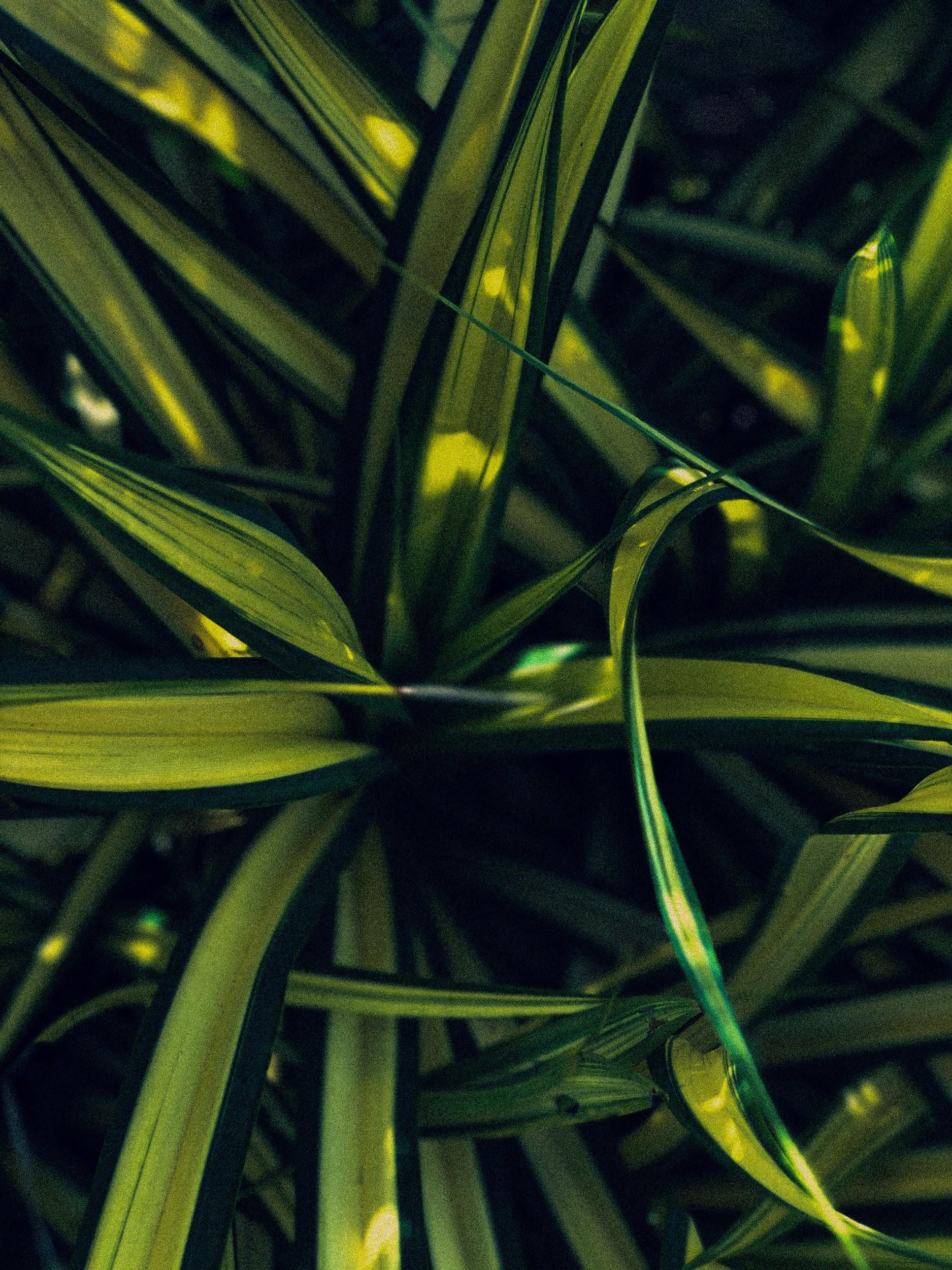
Credit: Pexels
How To Care For Your Spider Plant
If you are the proud owner of a spider plant, congratulations! These beautiful, easy-to-care-for plants make wonderful additions to any indoor space. Here are a few tips to help you keep your spider plant healthy and looking its best.
Light and Temperature
Spider plants prefer bright, indirect light. If your plant is looking pale or leggy, it may be getting too much sun. So, move it to a more shady spot. These plants are also quite tolerant of a wide range of temperatures, so don’t worry if your home is on the cool side.
Watering
Spider plants like to be kept moist, but not soggy. Water your plant when the top inch or so of soil feels dry to the touch. Be sure to empty any water that collects in the saucer beneath the pot, as spider plants are susceptible to root rot.
Fertilizing
Feed your spider plant every month or so during the growing season (spring and summer) with a general-purpose fertilizer diluted to half the strength recommended on the package. No need to fertilize during the fall and winter when growth slows.
Pruning
Spider plants are easy to propagate, so don’t be afraid to cut them back if they start to get too leggy. Use sharp, clean shears to snip off a few inches of stem, just above a leaf node (the point where a leaf is attached to the stem). These cuttings can be rooted in water or potting soil.
With a little TLC, your spider plant will thrive indoors for many years to come!
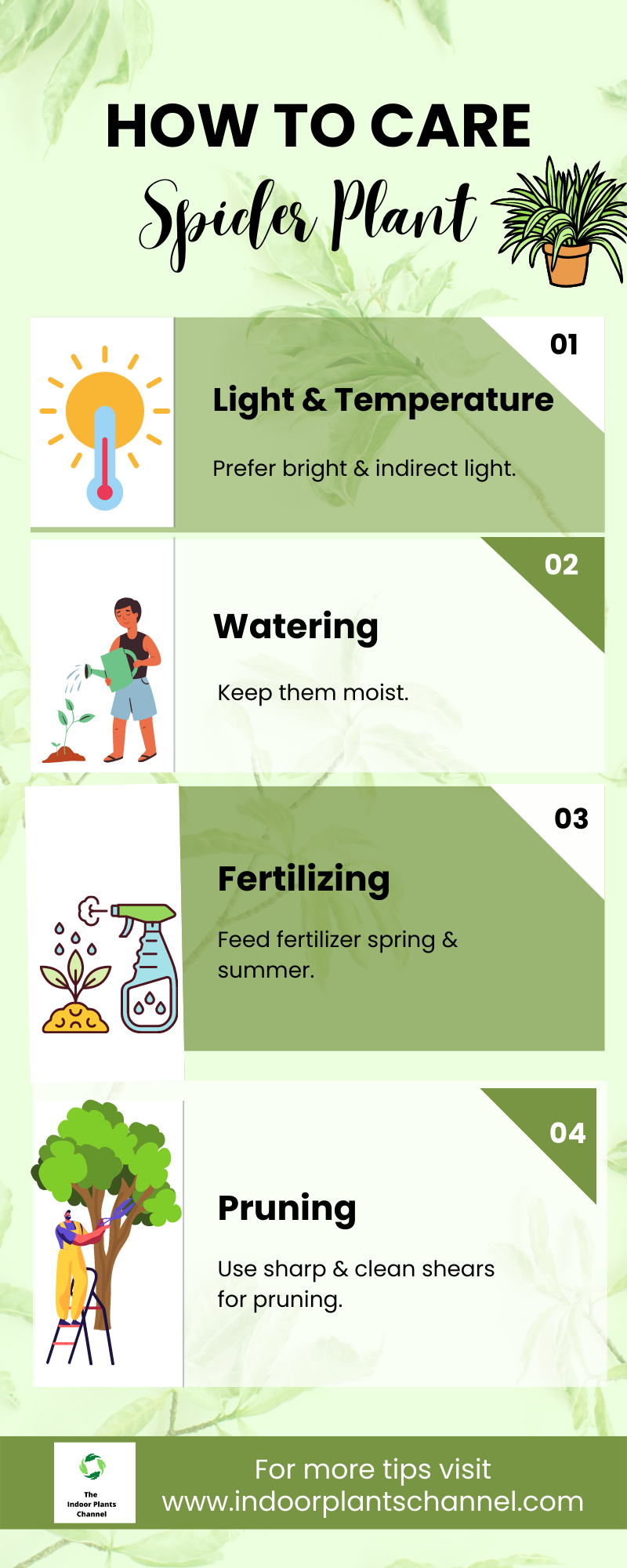
How To Propagate Your Spider Plant
To propagate your spider plant, you will need the following materials:
- A healthy spider plant
- Sharp knife
- A pot or container
- Peat moss
- Perlite
Steps:
- First, take your healthy spider plant and cut off a piece of the stem about 6 inches long. Make sure to cut the stem at an angle so that there is more surface area for the roots to grow.
- Then, take your pot or container and fill it with a mix of peat moss and perlite. Once the pot is filled, make a small hole in the center and insert the stem of the spider plant.
- Make sure that the stem is buried at least 2 inches deep. Now, all you have to do is water the plant and wait for it to grow!
It is important to note that spider plants are very easy to propagate and will often produce offsets, or baby plants, on their own.
If you would like to propagate your spider plant using offsets, simply cut the offsets from the main plant and pot them up as described above.
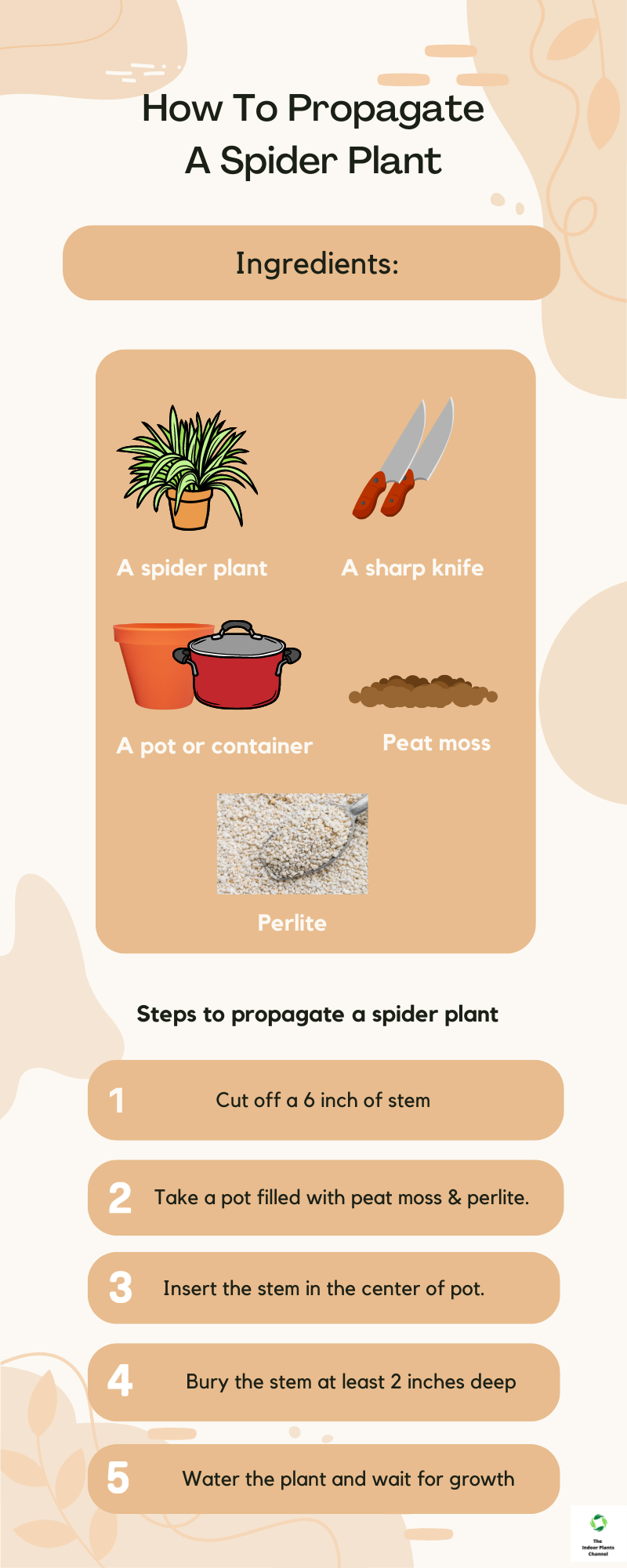
The Different Types Of Spider Plants
There are three main types of spider plants: the variegated spider plant, the green spider plant, and the yellow spider plant.
The variegated spider plant has green and white leaves, and is the most popular type of spider plant.
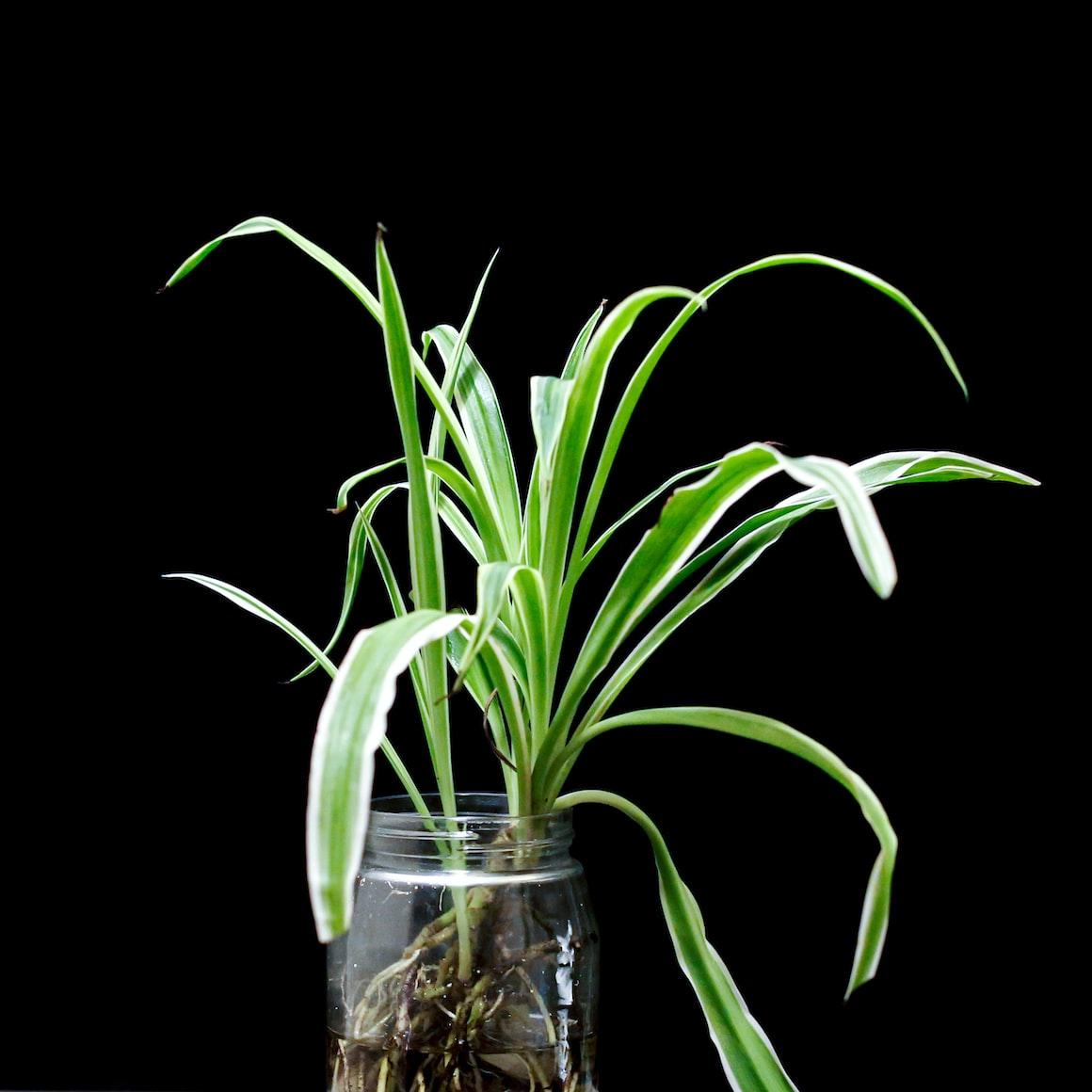
Credit: Unsplash
The green spider plant has all green leaves, and the yellow spider plant has all yellow leaves.
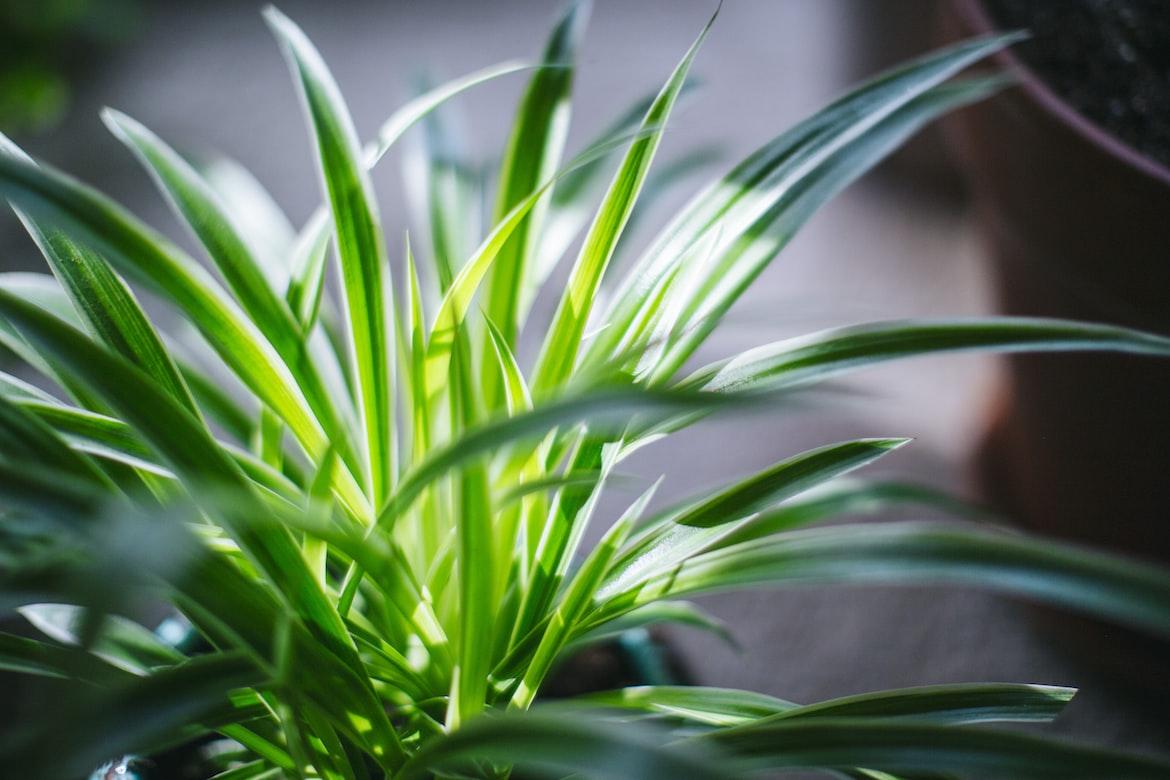
Credit: Unsplash
Spider plants are easy to care for and make great houseplants. They are tolerant of neglect and can survive in a wide range of conditions. The plants native to tropical and subtropical regions of the world, and can be found in Africa, Asia, and Australia.

Credit: Freepik
How To Choose The Right Spider Plant For Your Home
When choosing a spider plant for your home, there are a few things to keep in mind.
- Consider the size of the plant and the size of your home. If you have a small home, you’ll want to choose a smaller plant.
- Think about the lighting conditions in your home. Spider plants do best in bright, indirect light. If your home is very dark, you may want to choose a different plant.
- Finally, consider the watering needs of the plant. Spider plants are relatively drought-tolerant, so you won’t need to water them very often.
The Best Potting Mix For Spider Plants
One of the best potting mixes for spider plants is a mix of two parts peat moss and one part perlite. This mix will provide your spider plant with the drainage it needs, while also being light and airy. You can also add some compost to this mix for extra organic matter.
Another good option for a potting mix is a mix of one part peat moss, one part perlite, and one part vermiculite. This mix will also provide good drainage and aeration for your spider plant.
When it comes to potting mix, there are a few things to keep in mind for your spider plant.
- The mix should be well-draining, as spider plants are susceptible to root rot. It should also be light and airy, as spider plants like to have their roots aerated.
- A good potting mix for spider plants should also contain some organic matter, such as compost or peat moss.
How Often To Water Your Spider Plant
It is important to know how often to water your spider plant so that it can stay healthy. Generally, you should water your spider plant about once a week. However, you may need to water it more often if the plant is growing quickly or if the weather is hot and dry.
If you are not sure whether your spider plant needs water, you can check the soil by sticking your finger into the pot. If the soil is dry, then it is time to water the plant. If the soil is still moist, then you can wait a few days before watering again.
If you water your spider plant too often, the roots may rot and the plant may die. So be sure to check the soil before watering and only water when the plant needs it.
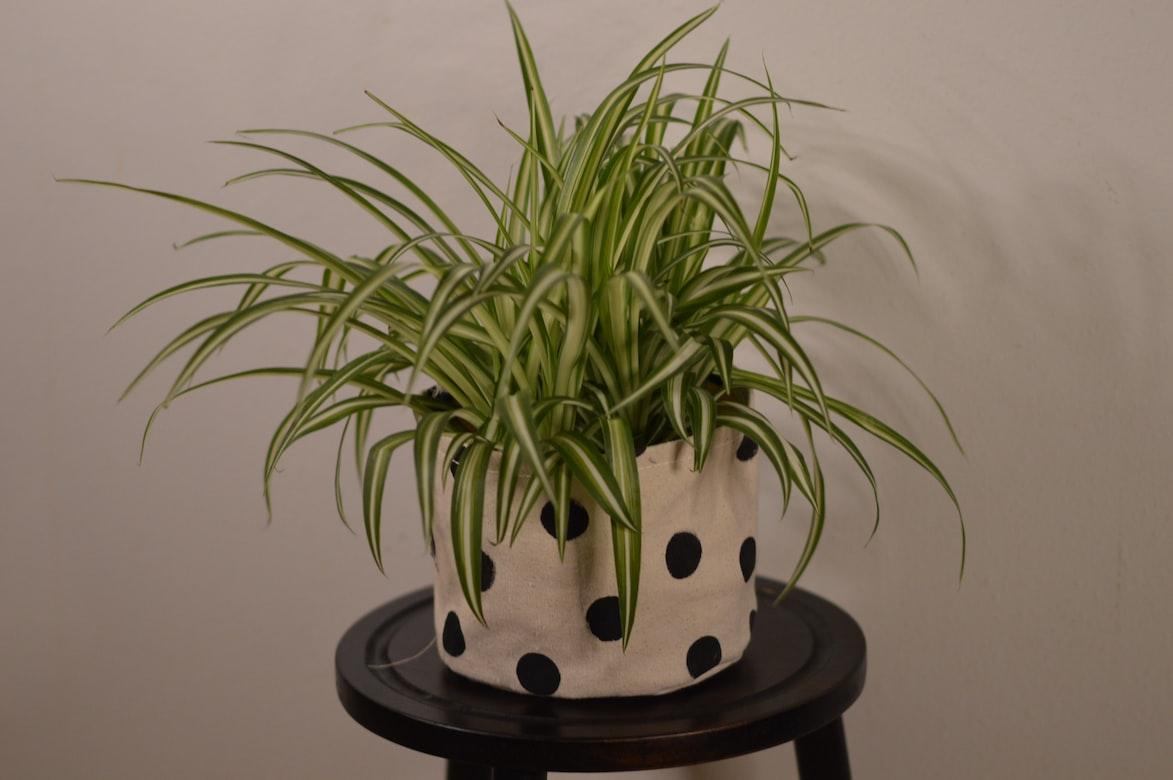
Credit: Unsplash
The Best Location For Your Spider Plant
Your spider plant will do best in a bright location, but it can also tolerate lower light levels. Avoid placing your spider plant in direct sunlight, as this can scorch the leaves. Spider plants prefer moist soil, so make sure to water regularly.
Likewise, allow the top inch or so of soil to dry out between watering. Spider plants are not heavy feeders, so you only need to fertilize once a month or so.
How To Fertilize Your Spider Plant
Fertilizing your spider plant is important to keeping it healthy and growing strong. There are a few things to keep in mind when fertilizing, such as what type of fertilizer to use and how often to fertilize.
The best type of fertilizer to use is a balanced fertilizer that is high in nitrogen. This will help your plant to grow lots of new leaves. You can find a fertilizer like this at your local garden center.
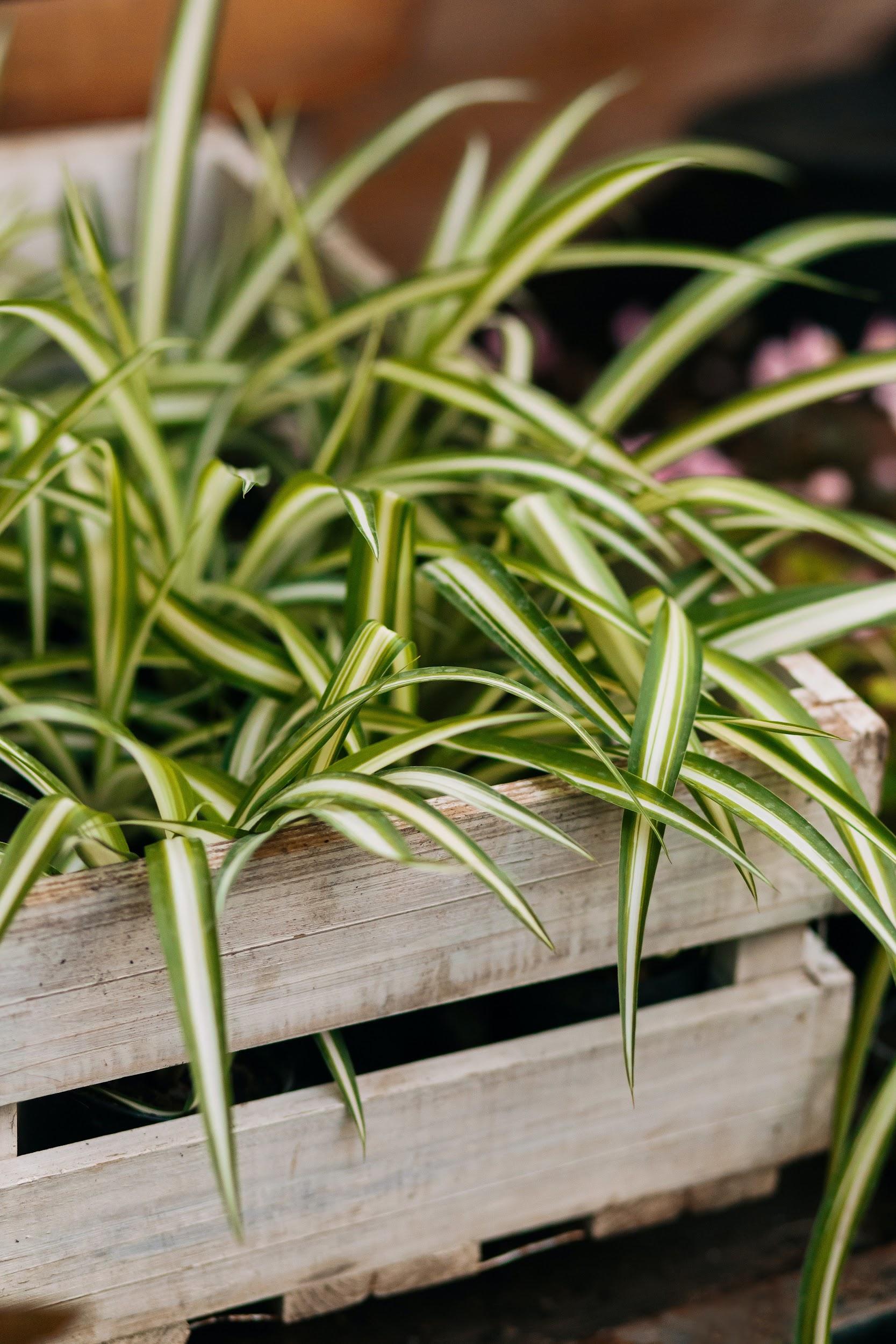
Credit: Pexels
As for how often to fertilize, spider plants need to be fertilized about once a month during the growing season. In the winter, you can cut back to fertilizing every other month.
When applying fertilizer, be sure to follow the directions on the package. You don’t want to use too much, as this can damage your plant. Apply the fertilizer around the base of the plant, and then water well.
Fertilizing your spider plant is an important part of plant care. By following these tips, you can keep your spider plant healthy and looking great.
Frequently Asked Questions
What is a spider plant?
A spider plant (Chlorophytum comosum) is a popular houseplant that is easy to care for. It gets its name from its long, thin leaves that resemble spider legs. Spider plants are easy to propagate, so you can quickly create a large collection of them.
What are the benefits of spider plants?
Spider plants are known for their ability to purify the air. They help remove harmful toxins such as carbon monoxide, formaldehyde, and xylene from the air. Spider plants are also known to be helpful in reducing stress and improving sleep quality.
How do I care for a spider plant?
Spider plants are very easy to care for. They prefer bright, indirect light but can tolerate low light conditions. Moreover, Spider plants can be propagated by division or by rooting stem cuttings in water.
What are some common problems with spider plants?
Spider plants are generally very easy to care for and do not experience many problems. However, they can occasionally be affected by mealybugs, spider mites, or scale. These pests can be controlled with insecticidal soap or neem oil.
Bonus Tips
- Hang the spider plant from the ceiling
- Place the spider plant on a high shelf
- Put the spider plant in a bright, sunny window
- Water the spider plant regularly
- Feed the spider plant with a liquid plant fertilizer
- Trim the spider plant’s leaves as needed
- Always water when the soil is dry to the touch
- Fertilize monthly during the growing season.
Conclusion
Spider Plants are beautiful, and great at purifying the air. They have amazing benefits and are native to tropical & subtropical regions around the world. Having this plant in your space makes you feel less stressed and can also boost your mood. The guide above highlights all you should know about Spider plants. We’re sure it’ll meet your indoor plant expectations.
Michelle Wilde
Related posts
9 Comments
Leave a Reply Cancel reply
![]()
About Michelle Wilde
Michelle Wilde is a stay-at-home mom and avid plant lover. Armed with a post-graduate degree in Computer Science (no kidding!), she loves researching plants and landscapes. When she is not caring for her 4 kids, she spends time on her passion for plants. She blogs at www.indoorplantschannel.com, the trusted source for indoor plants.
Learn more
Subscribe
* You will receive the latest posts and updates about indoor plants!
Search
Recent Posts
Categories
- Beginner Guides (10)
- FAQ (206)
- General (2)
- How-To Guides (212)
- Indoor Plants (214)
- Pest Management (2)
- Plant Problem Solutions (4)
- Seasonal Growing (2)
- Specialized Environments (2)
- Specific Plant Care (3)
- Technical Growing (2)

[…] you’re looking for some easy-to-care-for plants to spruce up your home, look no further than these beginner-friendly options. From low-light lovers to […]
[…] native to Africa. They are known for their ability to purify the air and their striking appearance. Spider plants can help to reduce stress and promote a sense of peace and […]
[…] Spider plants are known for their ability to purify the air. They are great at removing toxins and pollutants and can help to improve your overall health. […]
[…] Spider plants are known for their ability to purify the air. They can also help to improve your mood by lifting your spirits and reducing stress. […]
[…] Spider plants are another excellent choice for indoor growers. They are very tolerant of low light levels and can even survive in shady areas. They are also drought-tolerant and can go for several weeks without being watered. Spider plants are non-toxic, making them a safe choice for homes with pets and children. […]
[…] Spider plants are easy to grow and maintain. They can tolerate a wide range of growing conditions. Spider plants are fast-growing and will quickly fill up a pot. The plants prefer bright, indirect sunlight but can also tolerate low light conditions. […]
[…] Spider plants are tough and can tolerate a wide range of conditions. The plant grows fast so it’s great for filling up empty space in your home. And it doesn’t need a lot of water, so it’s okay if you don’t remember to water it. […]
[…] that is known for its ability to purify the air. It can also help to reduce stress and anxiety.The spider plant is a type of flowering plant that is native to Africa and […]
[…] and Technology found that common houseplants, including Pothos, Philodendron, English Ivy, and Spider Plant, were effective at removing volatile organic compounds (VOCs) from the […]